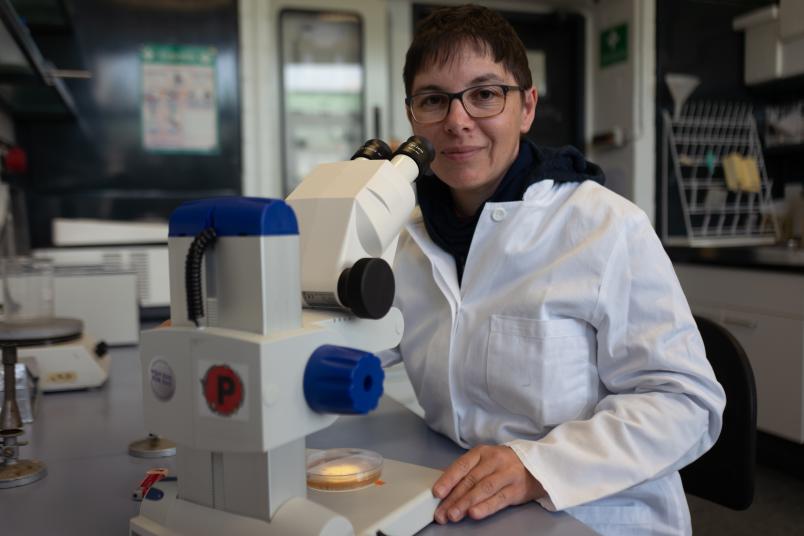
Molecular Botany New results on fungal genetics
An international team of researchers has found unusual genetic features in fungi of the order Trichosporonales.
Several fungal species from the order Trichosporonales are of interest for industrial applications because they might be used for the production of biofuels. However, to explore their biotechnological potential it is necessary to learn more about their biology. An team of researchers led by Associate Professor Minou Nowrousian from the Department of Molecular and Cellular Botany of the Ruhr-University Bochum (RUB) has now analyzed 24 genomes of Trichosporonales fungi with a focus on genes that are important for sexual development. The study was performed in collaboration with the laboratory of Prof. Dr. Joseph Heitman from Duke University, USA, who has an ongoing collaboration with the RUB and has been a visiting professor with the RUB Research School
The researchers published their results in the journal "Plos Genetics" on 6 September 2019.
The genes that regulate sexual development in fungi are called mating type genes. They must differ between mating partners to allow successful cell fusion. In fungi of the basidiomycetes, which comprise the Trichosporonales, but also well-known mushrooms like the button mushroom, the mating type genes are often located at two different positions within the genome, which are called mating type loci. However, there are species with fused mating type loci, where both loci are physically linked on the same chromosome. The chromosomes that contain the mating type loci often have functions similar to sex chromosomes in animals and plants.
Discovery of novel features
The team from Germany and the USA has analyzed the mating type genes in 24 species of the order Trichosporonales, and discovered physically linked mating type loci with previously unknown features.
The results showed that all analyzed Trichosporonales species have fused mating type loci with properties that are different than the properties of previously analyzed fused mating type loci in other basidiomycetes. Both the order of the genes within the fused loci as well as the sequences of the genes are highly conserved, in contrast to fused mating type loci in other basidiomycetes. This is unusual, because mating type as well as sex chromosomes tend to degenerate during evolution. The mechanisms that stabilize the Trichosporonales mating type loci will be analyzed in future studies.